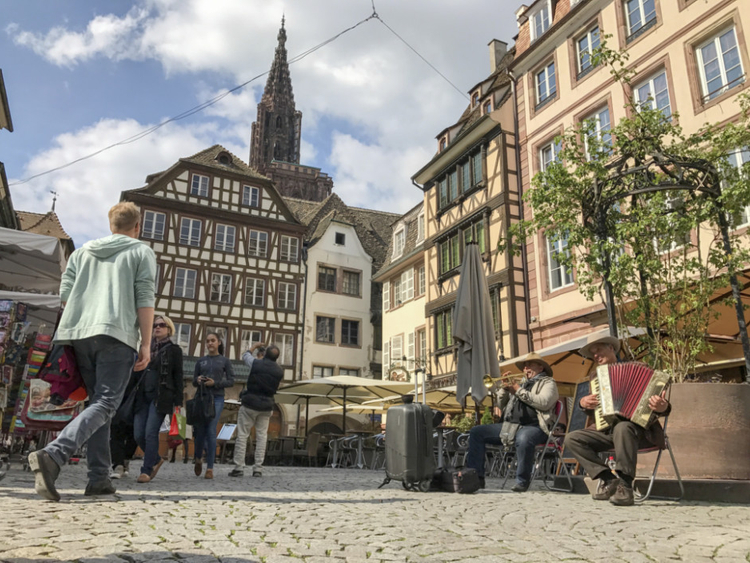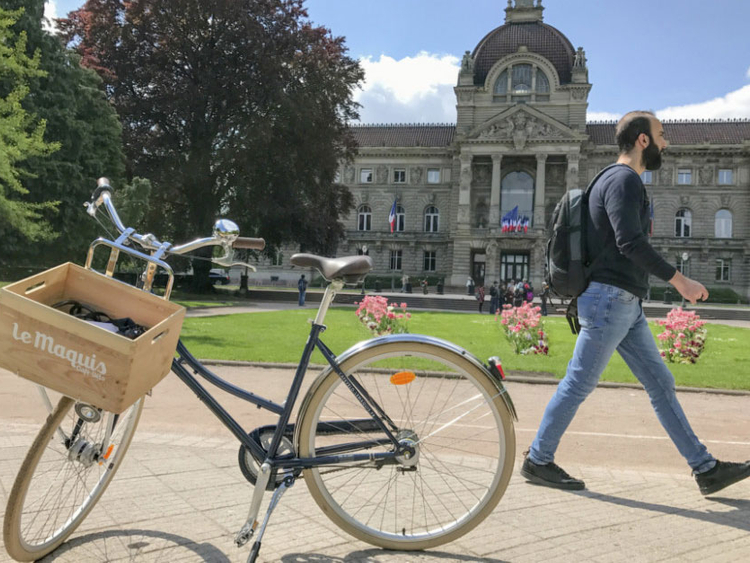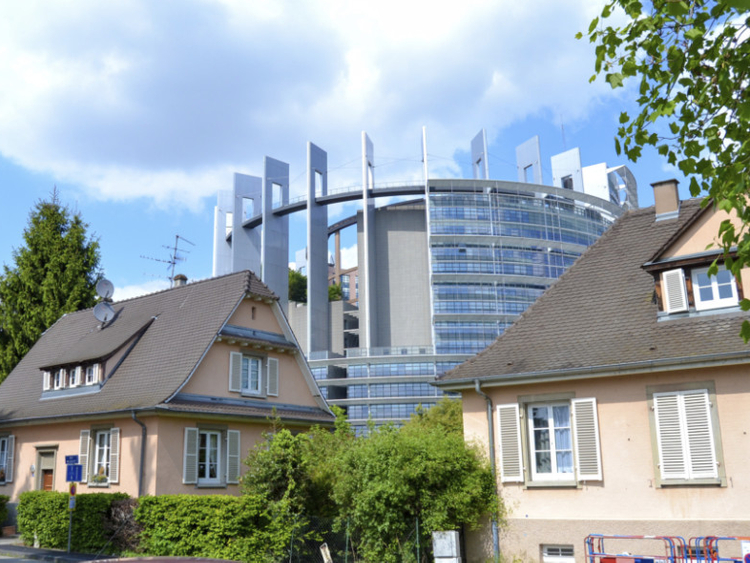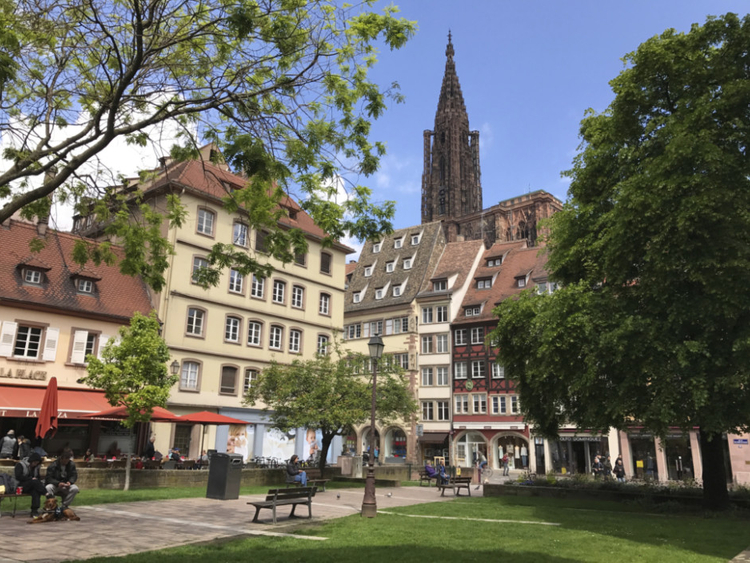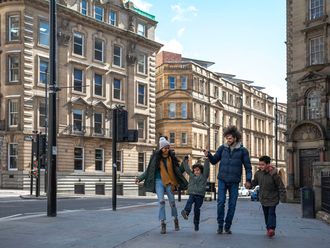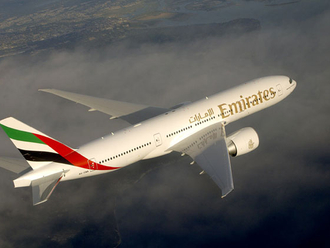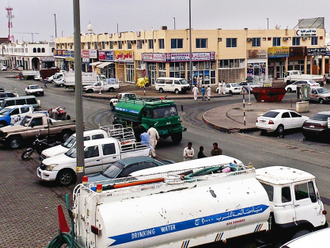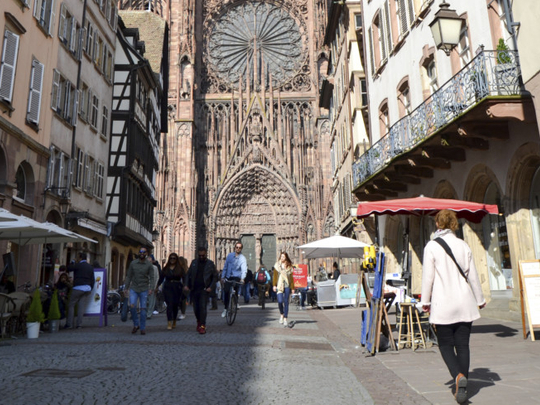
Strasbourg is the capital of France’s Alsace region and just a two-hour train ride from Paris. But it’s also just three kilometres from the border of Germany, and a popular port call for cruises down the Rhine River.
The waterway threads a region that for centuries has had strong roots in both French and German culture. Part of Strasbourg, a city of 250,000, looks classically French, with bakeries and flower shops lining narrow, winding streets. The old Tanner’s District, where leather craftsmen dried hides on the open top floors of leaning wood-timber buildings, could have been ripped out of Beauty and the Beast.
The other side of town, the German Quarter, is dominated by wide boulevards and muscular construction that went up during a building boom in the late 19th century.
A WAR TROPHY
The city’s double cultural identity testifies to the Alsace region’s dubious distinction as the regular spoils of war, beginning with the French king Louis XIV, winner of the Thirty Years’ War over the German-speaking Holy Roman Empire. Since then, Alsace has come under German control twice, for nearly 50 years ending with the First World War and again during the Nazi occupation.
“At the end of [the Second] World War, the only thing the Alsatians wanted was peace,” said lifelong resident Catherine Mog, a tour guide whose grandfather changed nationalities three times during his lifetime.
Now, Strasbourg proudly displays itself as an example of European unity. German citizens easily take the tram from the east side of the Rhine to work in the centre. The city is home to several major continental organisations, including the European Parliament, where representatives come from Brussels for a few days each month to cast votes in a modern cylindrical building on the edge of town.
Dominating the skyline above it all is the single tower of the asymmetrical cathedral, which was the tallest building in the world for more than 200 years and remains a wonder of late-Gothic masonry. Wisps of red sandstone rods run the length of the lacy facade, which is covered in thousands of life-size figures. A planned second tower was never built”, it would have been too heavy.
Rue Merciere leads away from the western side of the cathedral, past touristy sidewalk cafes and into a square with an antique carousel and a statue of Johannes Gutenberg, who experimented with the printing press when he lived in town in the mid-1400s. A few blocks away the little Ill River curves around the southern part of the old town.
FOR WHAT AILS YOU ...
Just across the river in the Petite France neighbourhood is one of Strasbourg’s most unusual attractions: a centuries-old wine cellar, Cave des Hospices Strasbourg, located in the historical wing of a modern medical complex. Here thousands of bottles with the hospital’s label await buyers in a small, subterranean boutique.
The story goes that the hospital, like many others in France, once accepted property such as vineyards from wealthy patients who couldn’t otherwise cover their bill. Carmelite monks who cared for the sick also tended to the vines and made the wine.
The hospital also prescribed to ailing patients in the 14th century up to two litres of wine per day. “It was better for you than the water that was available, and it was the only painkiller around,” said cellar master Thibaut Baldinger.
Of course, the practice of getting deathly ill patients drunk eventually went the way of leeches and phrenology. But the vinegary odour of centuries of spills still fills the air under the cellar’s stone arches, and iron bars guard a precious riesling blend from 1472, the oldest barrelled white wine in the world. Baldinger unlocked the gate with a heavy key, pulled a cork from the top of the barrel and held it under my nose. Caramelised vanilla, honey and wax. Sneaking a taste would have been unwise, even fatal, because of the wine’s astronomical acidity.
The hospital stopped fermenting wine in the cellar in 1990, and winemakers in the region banded together to renovate the barrels. Now, they age a portion of their best wines there for six to 10 months, imparting different qualities to the same vintage.
“These bottles are to be drunk with far less moderation than other wines,” Baldinger said, noting that profits from the boutique go straight to the hospital’s balance sheet. “But only after you get rid of your four-wheeled or two-wheeled vehicle, because our emergency services couldn’t handle it.”



